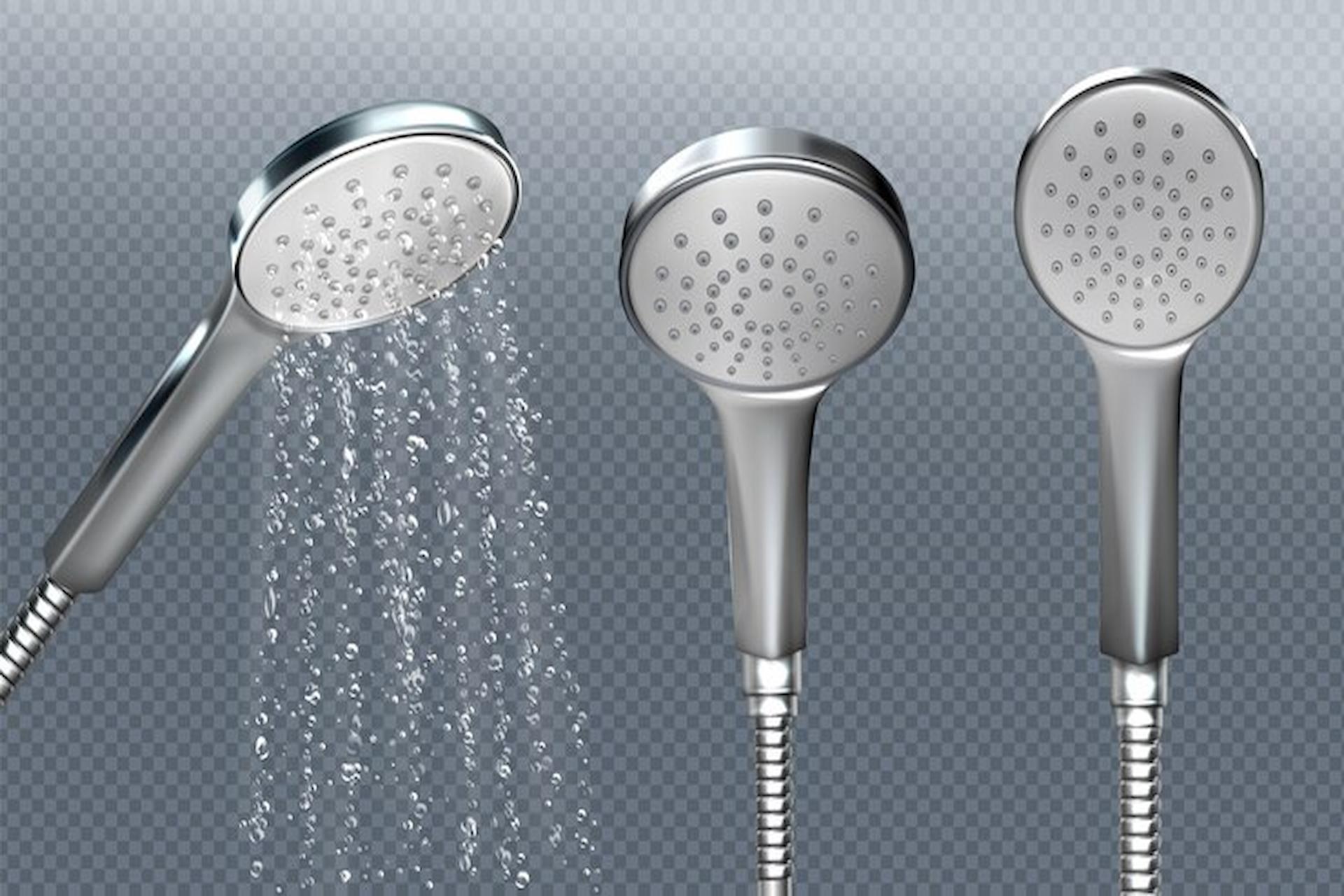
There’s nothing quite like a nice refreshing shower to set you up for the day. But there’s also nothing worse than one that’s too cold, too hot or swinging wildly between the two.
Traditional showers rely on manual adjustment of the bath taps to get the right flow and the right temperature, which is then routed up to the shower head. Often the pressure isn’t up to much and the temperature is very hard to get correct and keep constant. And of course as soon as you turn the taps off you often can’t remember exactly how you set them before!
Modern mixer showers avoid these problems by blending the hot and cold water before they get to the showerhead. All you have to do it select your desired heat level and leave the tap in position and next time you step in the shower the temperature will be exactly the same.
There are a few things to bear in mind when considering a standard mixer shower. They do need to have hot water readily available rather than heating it themselves like electric shower units. It’s also worth bearing in mind that some are specifically designed for households with a combination boiler, or gravity-fed or high pressure heating system. But with so many options available you’re sure to find one that suits your plumbing perfectly.
Thermostatic showers can overcome any uncertainty over how constant your supply of hot water will be – they adjust any imbalances to the water flow, so you won’t get an unwelcome shock of scalding hot or freezing cold water. They often have special cut-off settings, which ensure the water never goes above a specific temperature that you select. This is also an important consideration if you have young children who can be seriously harmed if the water is overheated.
However technologically advanced your shower is, the main features you will actually see on a daily basis are the head and the taps. There are hundreds of different designs of shower taps available so you are sure to find one that fits in well with your bathroom design and is easy to use. The specifications of the showerhead you choose are also important – they dictate the distribution of the water over you as you shower, plus how easy it will be to keep free of limescale and thus make sure the flow stays strong.
One last option to think about is how much of the shower you want to see – it is possible to get concealed systems rather than surface mounted, for the ultimate in minimalist bathroom chic. The only potential downside of these is that all the pipe-work is built in behind tiles or walls, so it’s not going to be easy to access in the case of any problems arising.